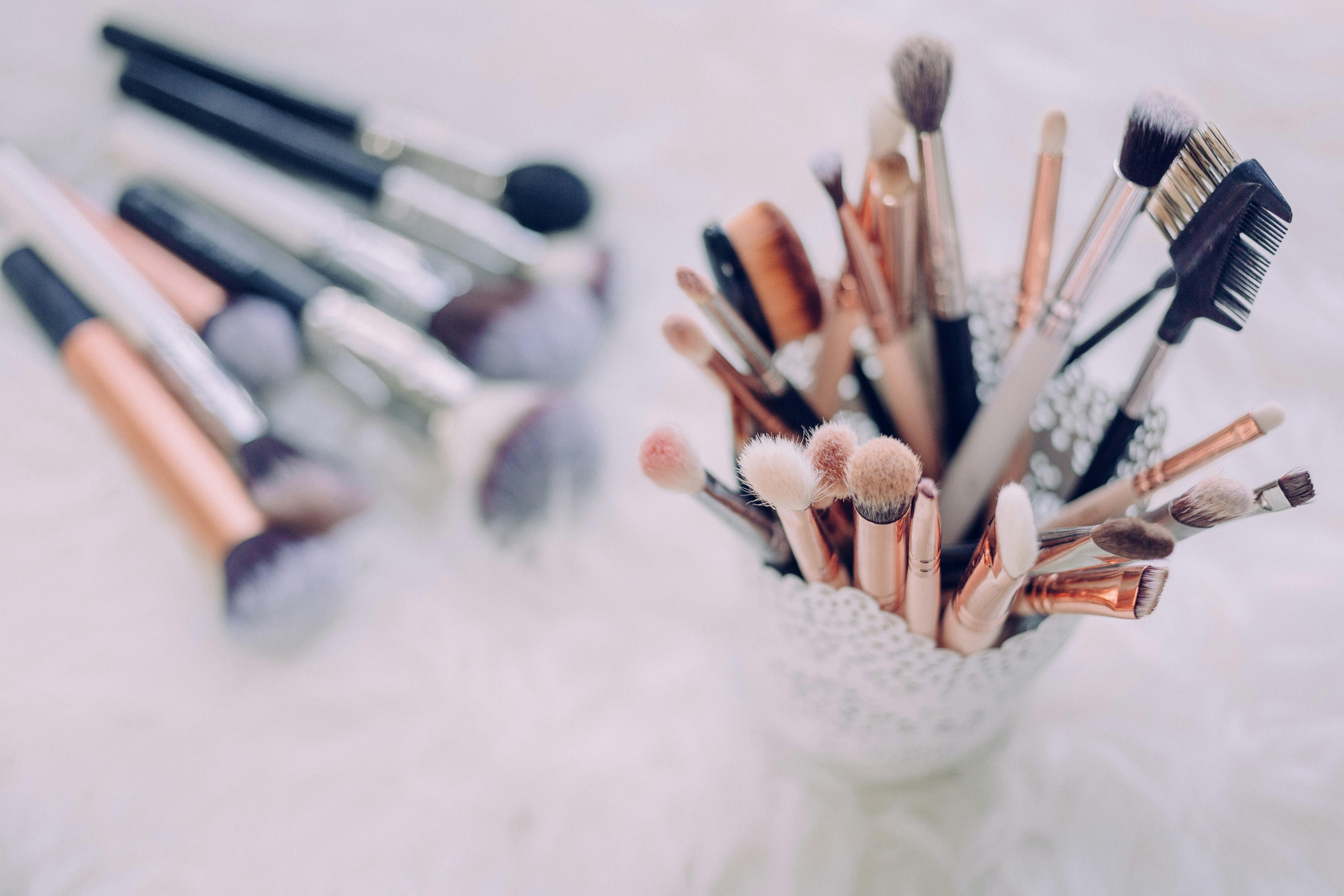In today’s visually driven culture, films hold a powerful sway over societal perceptions of beauty and body image. As cinematic landscapes continue to evolve, they often project ideals that are both alluring and unattainable, shaping the way audiences perceive themselves and others. This article delves into the intricate relationship between film portrayals and the cultivation of unhealthy body images and beauty standards. By critically examining cinematic trends and their psychological impacts, we aim to uncover the extent to which films contribute to a distorted mirror of reality, influencing self-esteem and societal norms. Through this analysis, we seek to understand whether the silver screen serves as a mere reflection of existing ideals or an active force in their perpetuation. Cinematic Portrayals and Their Impact on Body Perception”>
Cinematic Portrayals and Their Impact on Body Perception”>
Cinematic Portrayals and Their Impact on Body Perception
From the golden age of Hollywood to contemporary blockbusters, films have consistently showcased characters with idealized physiques that often set unattainable standards for audiences. These portrayals can significantly influence viewers’ self-perception, perpetuating a narrow definition of beauty. The repeated depiction of slender women and muscular men as symbols of success and desirability sends a powerful message: to be valued, one must conform to these ideals. This representation not only affects how individuals view themselves but also how they perceive others, leading to a societal pressure that prioritizes appearance over well-being.
Moreover, the lack of diverse body types in mainstream cinema reinforces these stereotypes. While there has been some progress in recent years, the overwhelming majority of leading roles still adhere to these traditional norms. Consider the following impacts:
- Self-esteem issues: Many individuals may feel inadequate or insecure when they don’t match the physiques seen on screen.
- Diet culture: The pursuit of these idealized bodies can lead to unhealthy eating habits and a preoccupation with weight loss.
- Limited representation: Those who don’t fit the mold are often marginalized or typecast into stereotypical roles.
By perpetuating these standards, films contribute to a culture where beauty is narrowly defined, often at the expense of authenticity and health.
Analyzing the Role of Media in Shaping Beauty Ideals
Media, particularly films, have a profound impact on society’s perception of beauty. Through carefully crafted narratives and visually stunning cinematography, movies often portray beauty standards that are not only unrealistic but also potentially harmful. Characters with idealized physiques and flawless skin dominate the screen, subtly influencing audiences to equate these traits with success and desirability. This portrayal can lead to a skewed perception of self-worth, where individuals feel pressured to conform to these unattainable standards.
The repercussions of these portrayals are manifold:
- Self-esteem issues: Constant exposure to idealized images can lead to feelings of inadequacy and low self-esteem among viewers.
- Body dissatisfaction: A significant number of people, particularly young audiences, may develop negative body image issues, striving for perfection depicted on screen.
- Unhealthy behaviors: The desire to achieve these standards can result in harmful practices, such as extreme dieting or cosmetic surgery.
Films, with their wide reach and influence, bear a responsibility to portray diverse and realistic beauty standards, promoting a healthier, more inclusive image of beauty.
 Psychological Effects of On-Screen Representations”>
Psychological Effects of On-Screen Representations”>
Unveiling the Psychological Effects of On-Screen Representations
The silver screen has long been a powerful medium, shaping perceptions and societal norms. While films can inspire and entertain, they often perpetuate narrow beauty ideals. These representations can significantly impact viewers, especially in terms of body image and self-esteem. Psychological research suggests that consistent exposure to idealized physiques and flawless appearances can lead to unrealistic expectations about one’s own body, fostering dissatisfaction and a distorted self-image.
Several factors contribute to these effects:
- Media Saturation: With films being a prevalent form of entertainment, the repetition of specific beauty standards becomes ingrained in the audience’s psyche.
- Character Portrayal: Leading roles often depict characters with unattainable physiques, subtly implying that success and desirability are linked to appearance.
- Lack of Diversity: Limited representation of different body types and ethnicities can marginalize those who don’t fit the mold, affecting their sense of belonging and self-worth.
These factors collectively contribute to a cycle where beauty standards become not just aspirational but expected, influencing individual perceptions and societal norms. Addressing these portrayals critically is essential in mitigating their psychological impact.

Strategies for Promoting Inclusive and Realistic Standards in Film
Addressing the pervasive issue of unhealthy body images and beauty standards in film requires a multi-faceted approach. Casting directors and producers can take the lead by choosing a diverse range of actors who authentically represent various body types, ethnicities, and abilities. This not only broadens the spectrum of beauty but also reflects the true diversity of audiences. Screenwriters should be encouraged to craft characters with depth, moving beyond one-dimensional roles that focus solely on physical appearance.
Industry collaborations with advocacy groups can foster environments where inclusive narratives are prioritized. By integrating feedback from these organizations, filmmakers can gain valuable insights into creating content that resonates with and empowers viewers. Furthermore, implementing guidelines and standards that promote positive portrayals of body image can be a powerful tool in reshaping audience perceptions. This could include:
- Highlighting stories that celebrate uniqueness and individuality.
- Challenging stereotypes and avoiding tropes that marginalize.
- Providing educational workshops for industry professionals on inclusivity.
By embracing these strategies, the film industry can play a pivotal role in promoting healthier and more realistic standards, ultimately influencing societal perceptions for the better.

